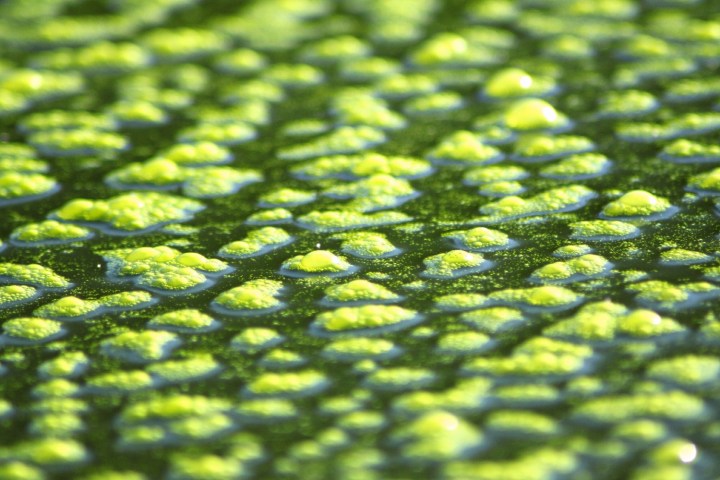
“It’s been known for some time that photosynthetic microorganisms — single-celled algae — produce small amounts of electrons, stimulated by light, that can be harvested by electrodes to produce a current,” Professor Chris Howe, one of the lead researchers on the project, told Digital Trends. “You can think of systems based on this as a biological version of a photovoltaic cell. At present, the power per unit area from those cells is low, with the maximum reported as 0.1 watt per square meter. However, we can use the devices to power small items such as environmental sensors. We’ve succeeded in increasing the power output fivefold.”
The new technique developed in collaboration by researchers from the university’s departments of biochemistry, chemistry, and physics involves a two-chamber system, in which the two central processes involved in the operation of a solar cell – generation of electrons and their conversion into power – are separated. This allowed them to improve the performance of the power delivery unit through miniaturization. Because fluids behave differently at miniature scales, this setup resulted in more efficient cells with lower internal resistance and decreased electrical losses.
Despite being 5 times more efficient than previous algae-powered bio cells, however, the team’s creation still produces only one-tenth the power density provided by conventional solar fuel cells. That doesn’t mean it’s without a use, though. “Conventional solar cells produce a higher power density than our devices, although our devices are likely to be cheaper to make — both in financial investment and energy investment — and to decommission at the end of their life,” Howe continued. “In addition, our devices can produce some power in the dark, using materials made by the algal cells in the light, in contrast to conventional solar cells.”
Howe noted that while conventional solar cells are likely to be preferred for large-scale energy production for grid supply, their bio solar cell could be useful in other scenarios. For example, in rural Africa, sunlight is abundant, but there’s no existing electric grid system.
Additional work needs to be carried out to reach that point, however. “Scaling up is always a big hurdle in moving from lab to real-world implementation,” Howe said. “We’re keen to commercialize the systems, but that will be a few years off.”
A paper describing the work was published recently in the journal Nature Energy.


